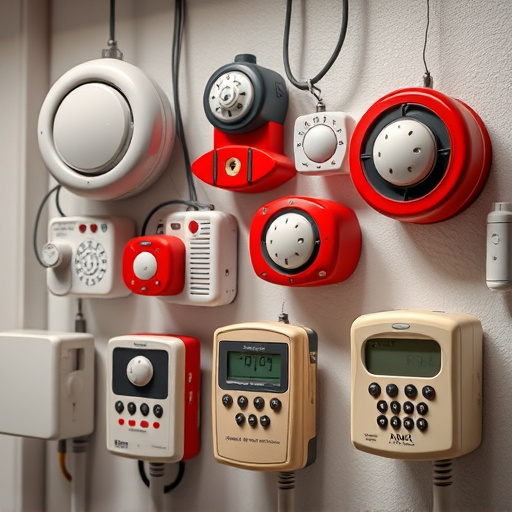Personal distress signals vary widely, from emotional reactions to behavior changes. Recognizing these signs early is crucial with tracking technology like maximum decibel personal alarms (over 100 dB) that provide real-time location data, attract attention, and enhance safety, especially in remote areas or outdoor activities. These alarms can discreetly signal for help while maintaining privacy, deterring threats, and guaranteeing prompt assistance.
Personal distress signals equipped with tracking capabilities are revolutionizing personal safety. Understanding these unique signals and leveraging modern tracking technology can be a lifesaver, especially in emergencies. This article delves into the importance of recognizing personal distress signs and explores how maximum decibel levels enhance alarm effectiveness. We also discuss ensuring safety with personal alarm systems, providing crucial insights for staying secure in today’s world.
- Understanding Personal Distress Signals
- Tracking Technology: A Lifesaving Tool
- Maximizing Decibel Levels for Alarm Effectiveness
- Ensuring Safety with Personal Alarm Systems
Understanding Personal Distress Signals
Personal distress signals are unique to each individual and can manifest in various ways, from verbal expressions to non-verbal cues. It’s crucial to recognize these signs early to mitigate potential risks. Understanding that personal distress can be a subtle whisper or a loud shout is essential for maintaining safety, especially when equipped with tracking capabilities.
For instance, a person might express distress through heightened heart rate, rapid breathing, or intense emotional reactions. Others may signal their need for help through unusual behavior changes, such as sudden withdrawal from social activities or increased agitation. Knowing these indicators enables individuals to activate maximum decibel personal alarms, ensuring timely assistance and enhancing overall safety.
Tracking Technology: A Lifesaving Tool
Tracking technology has emerged as a powerful tool in ensuring personal safety, especially in situations where an individual may be at risk or in distress. Modern devices, such as maximum decibel personal alarms, offer more than just loud noise to deter potential hazards; they are equipped with advanced tracking capabilities that can provide real-time data on a user’s location. These innovative tools are life-saving, enabling individuals to quickly alert authorities and emergency services when facing dangerous circumstances.
The integration of GPS technology in personal safety devices allows for precise monitoring and the ability to share one’s exact position with trusted contacts or emergency response teams. This feature is invaluable in remote areas or during outdoor activities where communication networks might be unreliable. With a simple press of a button, an individual can activate their maximum decibel alarm, sending out a powerful signal that increases awareness and attracts attention from nearby bystanders or passing vehicles, potentially preventing further harm.
Maximizing Decibel Levels for Alarm Effectiveness
Personal alarms, designed for safety and to attract attention in distressing situations, rely heavily on decibel levels to be effective. Maximizing these sound levels is a strategic move to ensure that an alarm stands out above background noise and reaches potential rescuers quickly. A loud personal alarm with a peak decibel level exceeding 100 dB is recommended for optimal effectiveness. This intensity is powerful enough to break through common ambient sounds, draw immediate attention, and signal urgent need.
Choosing the right alarm involves selecting one that offers adjustable sound settings, allowing users to customize the maximum decibel output based on their specific needs and surroundings. This flexibility ensures individuals in noisy environments or those with hearing impairments can still rely on their personal alarm for safety.
Ensuring Safety with Personal Alarm Systems
Personal alarm systems equipped with tracking capabilities offer a powerful tool for individuals seeking enhanced safety measures. These devices, designed to emit high-decibel alarms, can attract attention and deter potential threats in emergency situations. The maximum decibel level, often measured in hertz (dB), plays a crucial role in ensuring the effectiveness of these personal alarm systems.
When considering a personal alarm for safety, it’s essential to look for devices with decibel ratings exceeding 120 dB. Such high-intensity alarms can be heard over distances and are likely to startle or scare off assailants. Moreover, tracking capabilities allow users to monitor their real-time location, providing an additional layer of security. This feature enables individuals to discreetly signal for help while keeping their position private from potential hazards.
Personal distress signals equipped with tracking technology have evolved into invaluable lifesavers, offering enhanced safety measures. By understanding these signals and maximizing their decibel levels, individuals can ensure they’re heard in emergencies. With proper use and consideration of safety features, personal alarm systems become essential tools for staying secure in today’s world.
